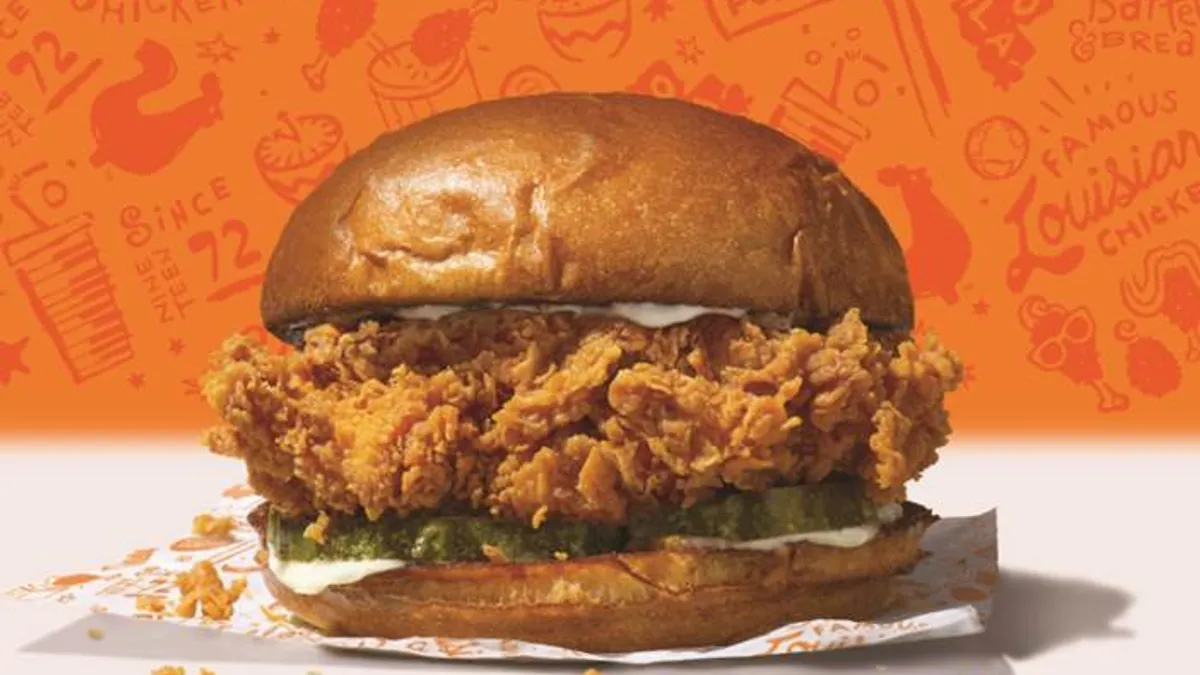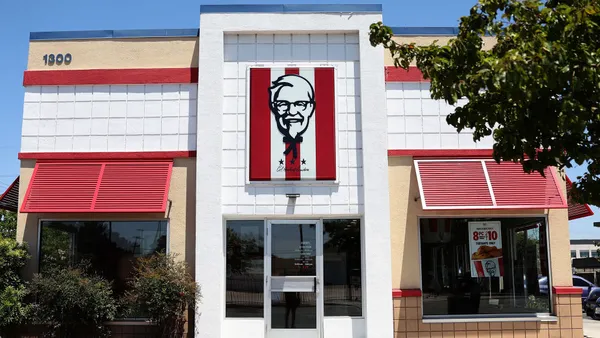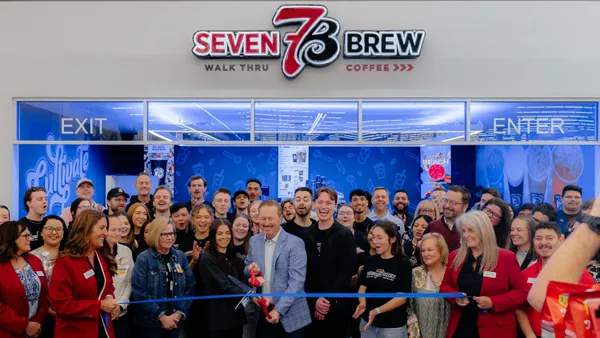Dive Brief:
- Popeyes had one of the best quarters in nearly two decades with over 10% of comparable sales growth in the U.S., according to an earnings release.
- The chicken sandwich, which sold out within 14 days following high demand, helped drive growth and "far exceeded our most ambitious expectations," Restaurant Brands International CEO Jose Cil told investors during an October earnings call. The menu item helped increase traffic and attract new guests.
- The brand has been working with franchise partners to make sure everyone is ready for a relaunch, which will be on Sunday, Cil said.
Dive Insight:
Even though the Popeyes chicken sandwich sold out within two weeks, the hype around the menu item lifted almost all dayparts and continued to attract new customers even after it became unavailable, Cil said. In particular, it helped boost its bone-in-chicken business, tenders and ancillaries and beverages and desserts. It had a 218.2% higher than average daily traffic for July, according to Placer.ai, with traffic spiking even after the sandwich sold out.
Social media buzz created by a chicken sandwich war with Chick-fil-A helped lift frequency of traffic among fans, superfans and a lot of new customers that wanted to try the sandwich, Cil said.
Even with Popeyes' substantial growth during the quarter, the company has plenty of additional opportunities to gain more customers with 65% of the U.S. yet to try Popeyes, he said. The brand is using menu expansion, delivery and other initiatives to make sure that it can provide an enticing offer to a broad base of consumers, he said.
Popeyes still has a long way to go to maintain a strong consumer base, especially with top competitor Chick-fil-A boasting the strongest customer service ratings and receiving top markets for brand intimacy and brand personality. Popeyes will need to improve in these areas to maintain customer loyalty, especially since during the two weeks of the sandwich customers complained of long lines and employees said they were overwhelmed and overworked.
Franchise operators have been working to hire more staff. For example, Sun Holdings, which runs 150 units, adding roughly 400 workers, according to Nation's Restaurant News. Despite this additional staff and supply, Popeyes runs the risk of losing out on new customers if the chain suffers a second shortage, since few are likely to tolerate the same experience again.














